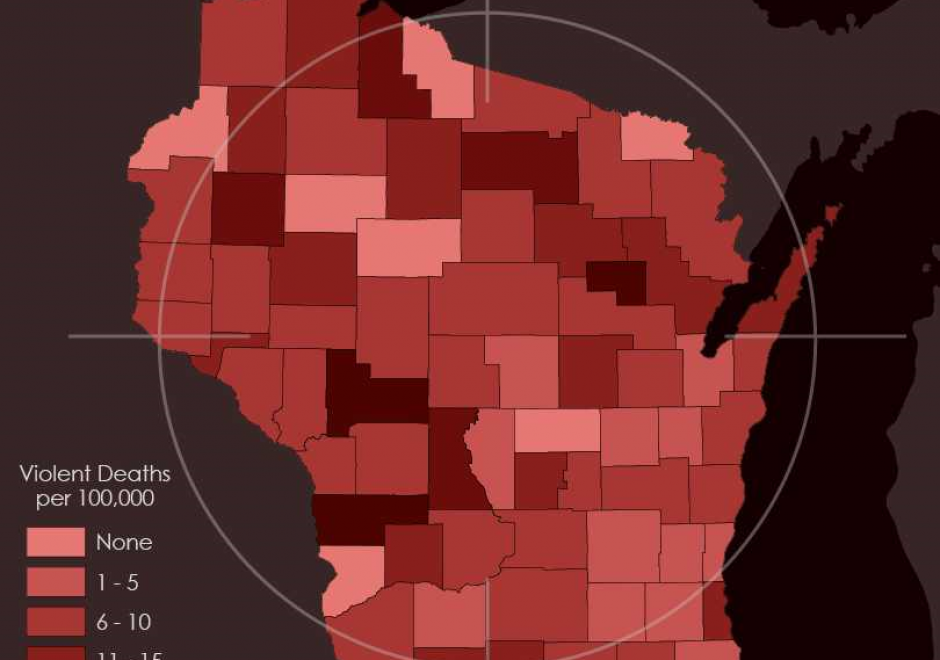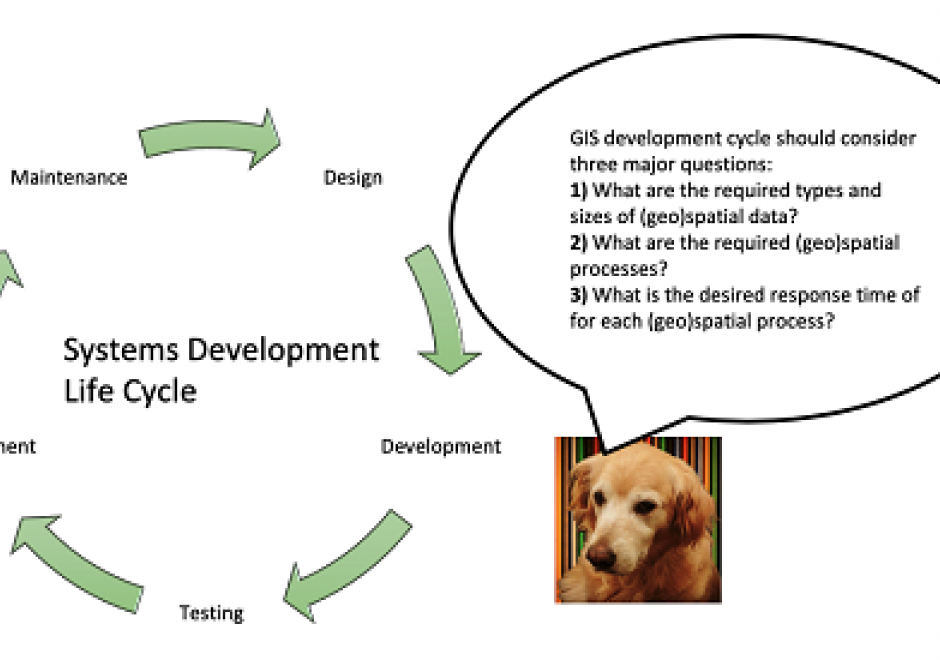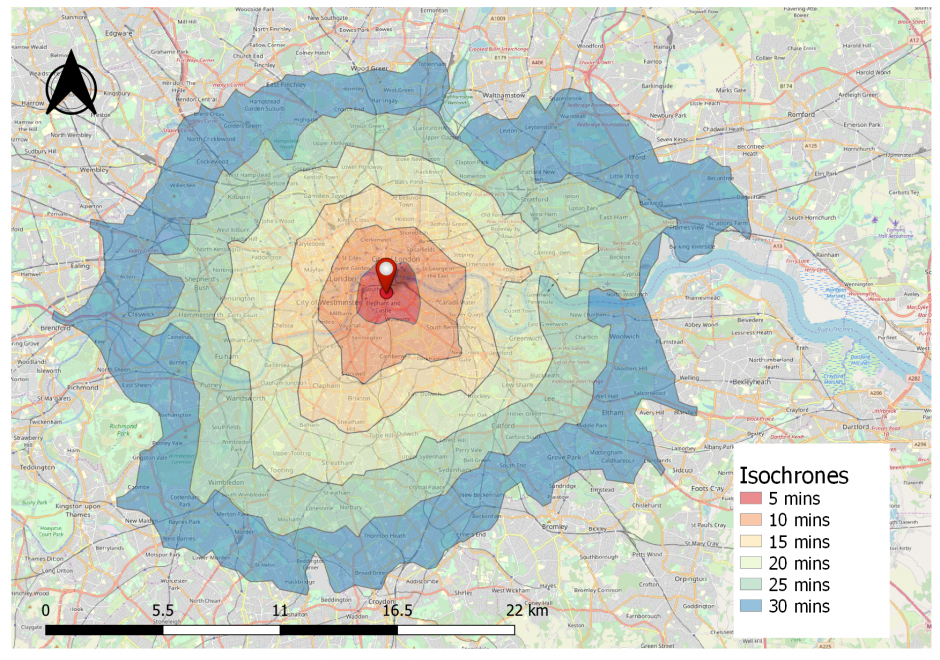DM-02 - Data retrieval strategies

- Analyze the relative performance of data retrieval strategies
- Implement algorithms that retrieve geospatial data from a range of data structures
- Describe the particular advantages of Morton addressing relative to geographic data representation
- Discuss the advantages and disadvantages of different data structures (e.g., arrays, linked lists, binary trees, hash tables, indexes) for retrieving geospatial data
- Compare and contrast direct and indirect access search and retrieval methods




AM-57 - Data conversion